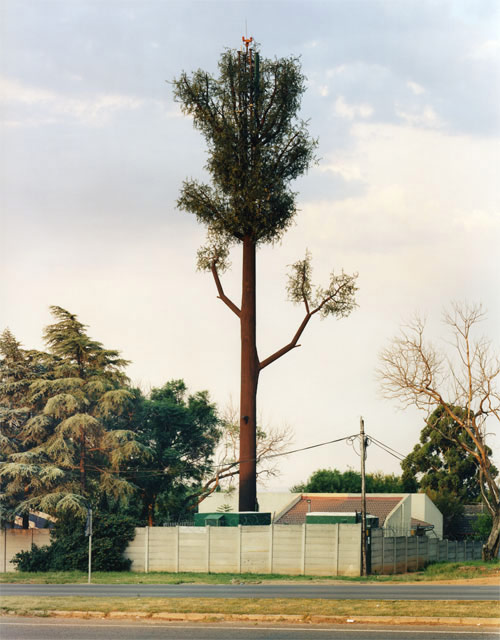Berry et al (2013, p7) describe public space as a space in between the virtual and the real, labour and leisure, work and home. Their description is made complex as the “urban everyday extend now to the omnipresence of the virtual.” The promise of public space, described as “chance and contingency associated with embodied experience”, remains a promise, but it is juxtaposed against advertising and privatizing devices that mitigate against it. Fallman (2011) drawing on Ito et al (2009), also refers to a mitigation, when describing the “cocooning” effect of digital devices in public spaces. “Cocoons are micro-places built through private, individually controlled infrastructures, temporarily appropriating public space for personal use” (Ito et al, 2009) – an example being listening to music on a mobile phone. However, Fallman (2011) counters this analysis of emerging technologies, finding any “singular notion of space or a singular notion of embodiment in isolation” problematic.

Image source: Robert Voit


Image source: Lisa Parks
What is refreshing about Park’s (2010) text; Around the Antenna Tree: The Politics of Infrastructural Visibility is the shift in analytical focus, away from effects of media practices on public space, to effects of media infrastructures on public space. Parks (2010) uses images of poorly disguised mobile phone antennas, to question what is at stake in the attempted concealment of technical infrastructures that enable our mobile phone calls? Is an effect of this concealment keeping “… citizen/users naive about the systems that surround them, that they subsidize and use”. Is public knowledge of this technology skewed by discourses that focus mainly on capacity, via monthly minutes and texts? Certainly, when one of the “trees” is put in the wrong place, like a national park, other issues come to the fore; “(re)allocation of publicly-owned natural resources, the installation of new equipment on private and public properties, and the restructuring of lifestyles and communities” (Parks, 2010). By choosing to focus on the taken-for-granted infrastructure behind mobile media, Park’s work reveals areas for further critical exploration of digital media that counter the myth of immateriality.
Berry, C., Harbord, J., and Moore, R., 2013. Public Space, Media Space. London: Palgrave Macmillan.
Fallman, J. 2011. Mobile Interface Theory. [online] Available at: <http://mobileinterfacetheory.com/> [Accessed 02 March 2014].
Parks, L. 2010. Around the Antenna Tree: The Politics of Infrastructural Visibility. [online] Available at: <http://flowtv.org/2010/03/flow-favorites-around-the-antenna-tree-the-politics-of-infrastructural-visibilitylisa-parks-uc-santa-barbara/> [Accessed 02 March 2014].
Links
Film about the material infrastructure of the internet in NYC:
Bundled and Buried Behind Closed Doors
Timo Arnall Immaterials project:
http://www.elasticspace.com/2013/09/the-immaterials-project
Interactive advertising in public spaces:
Apotek Hjärtat – Blowing in The Wind
British Airways
Intervention in public space
Robin Howie – Dialogue with Public Space
